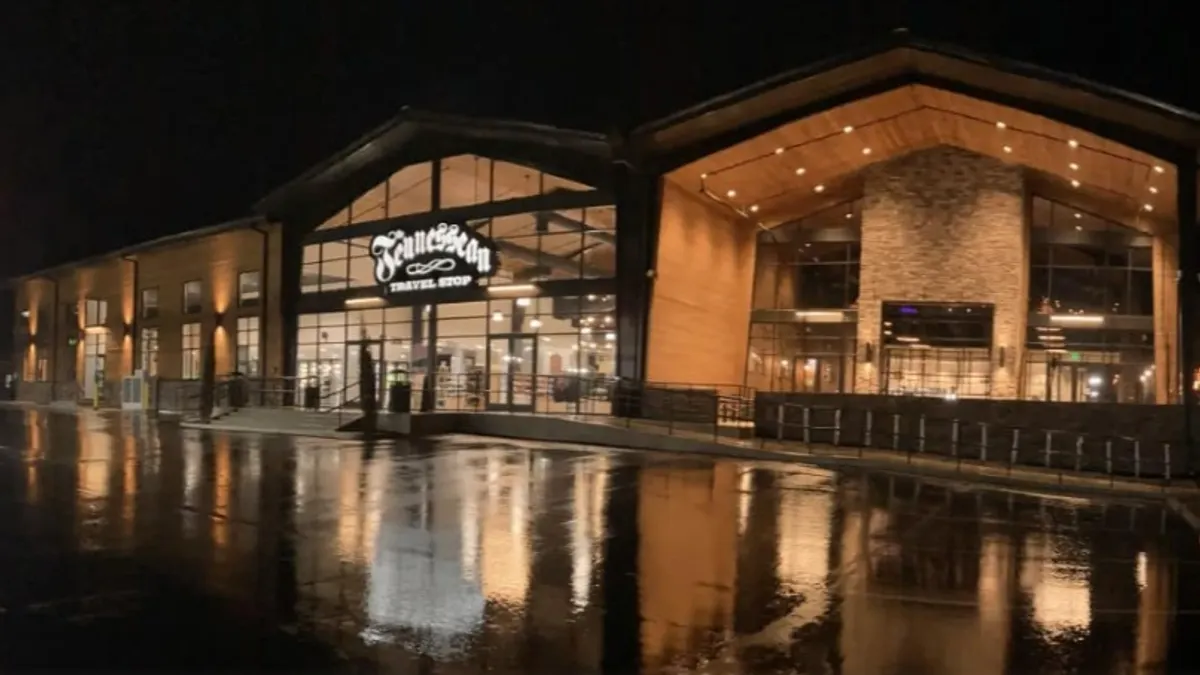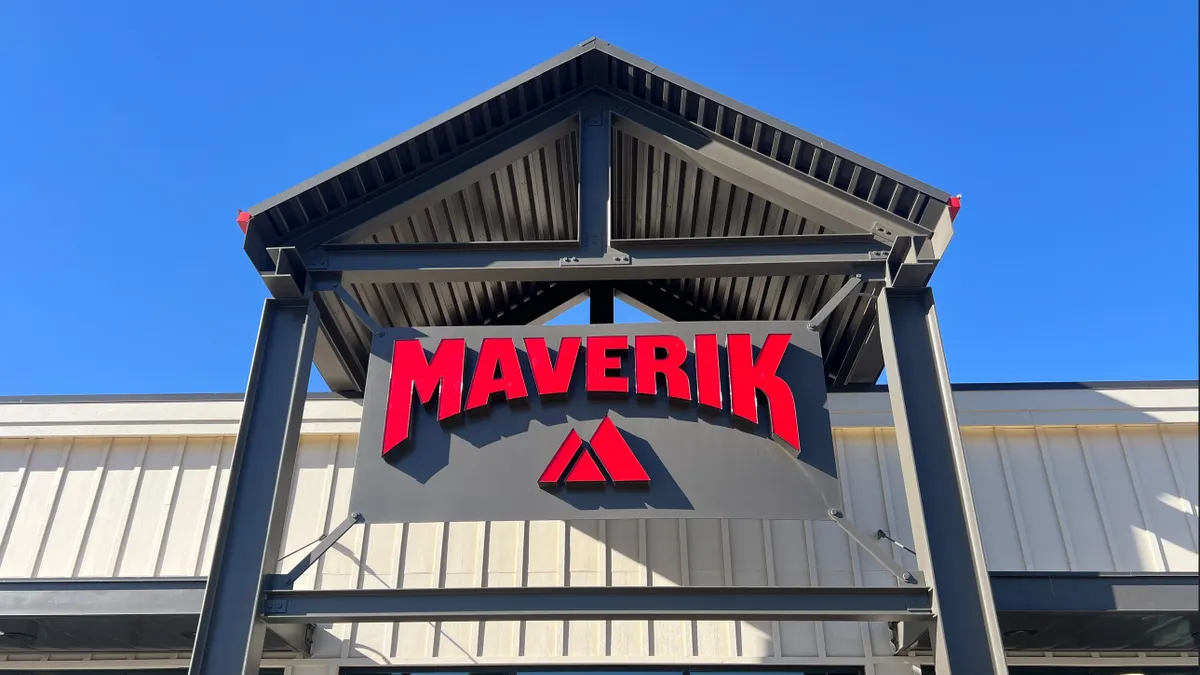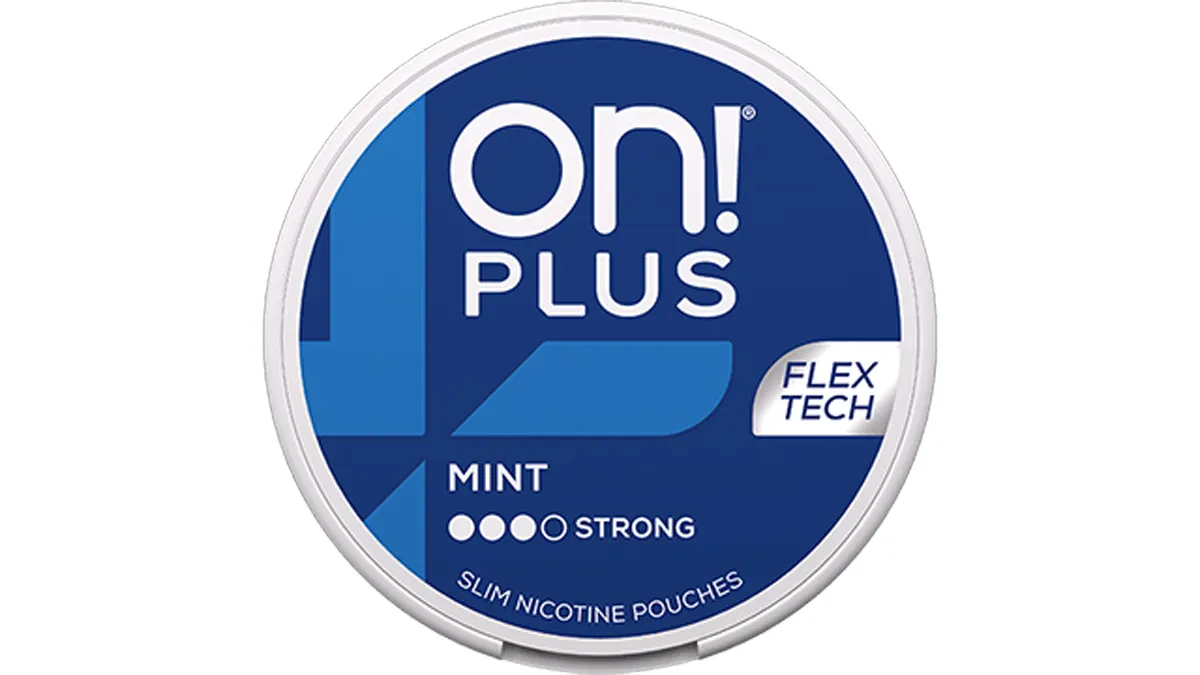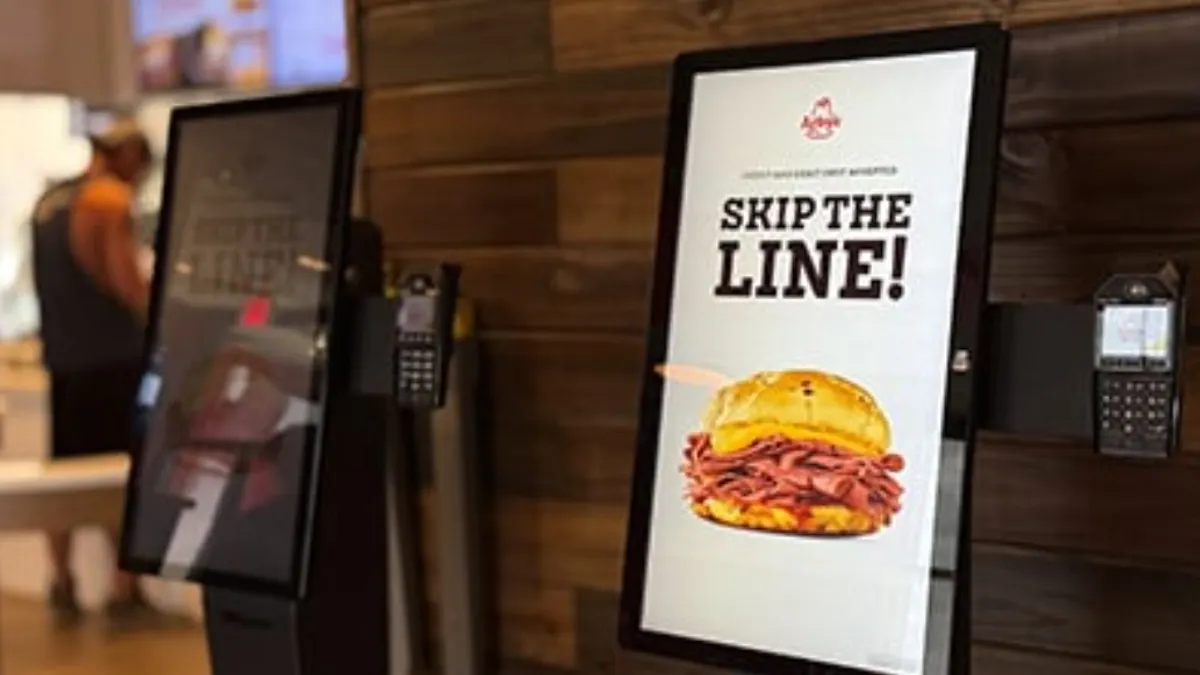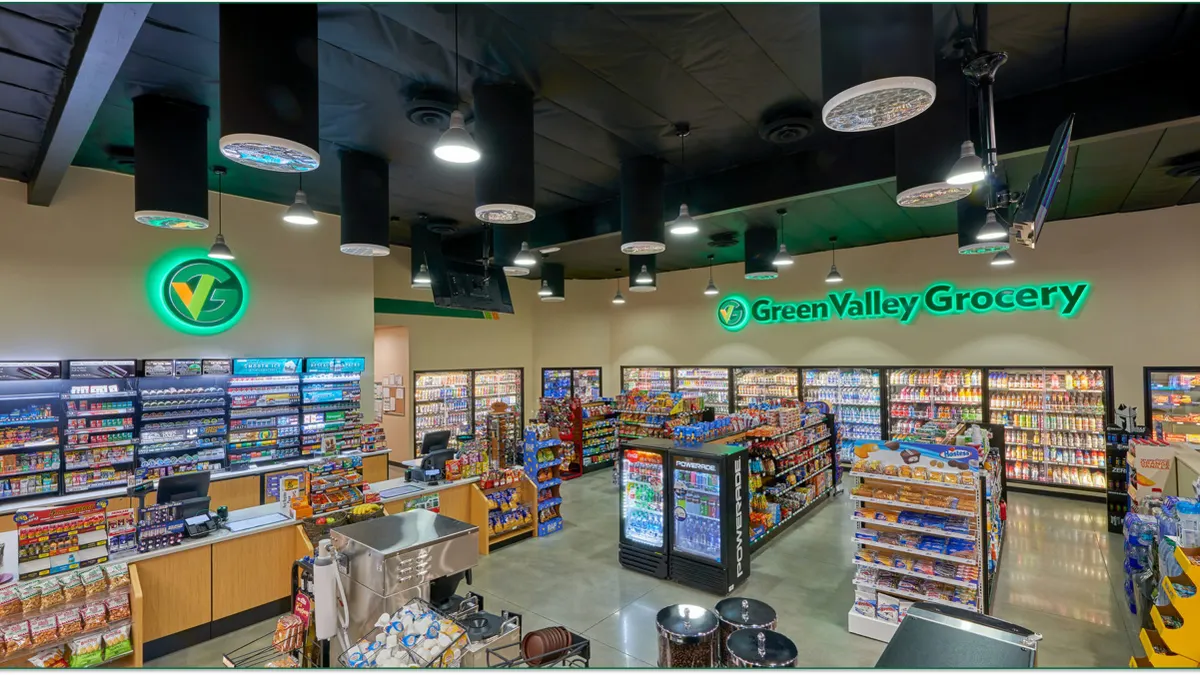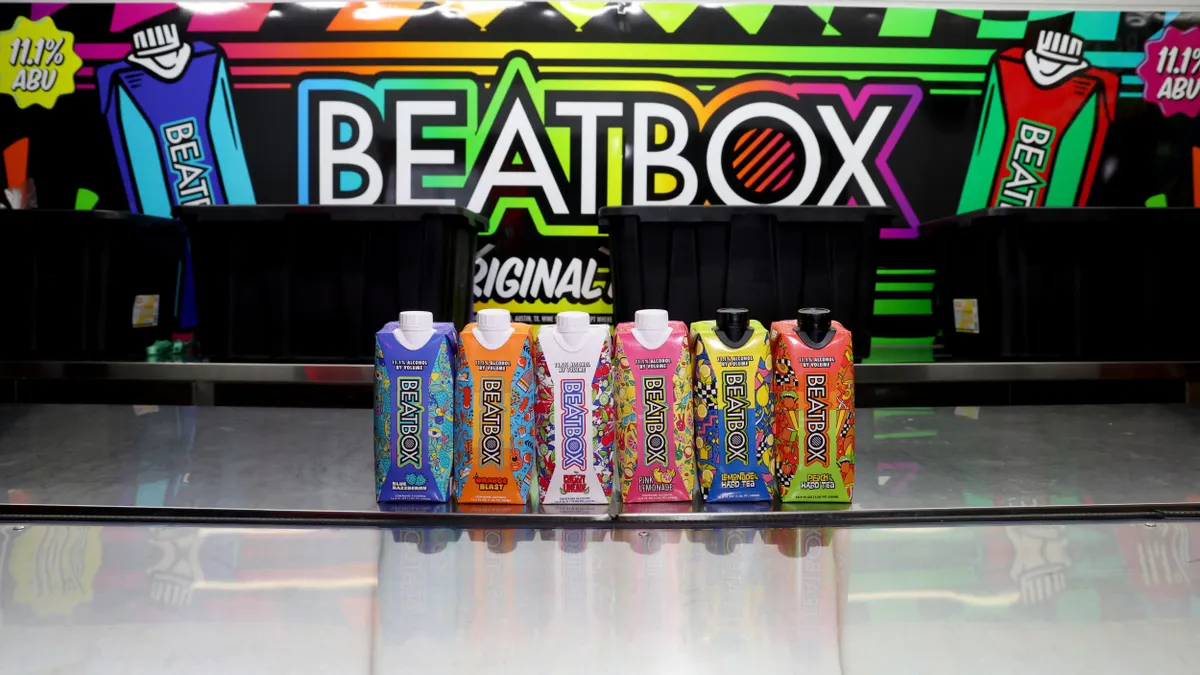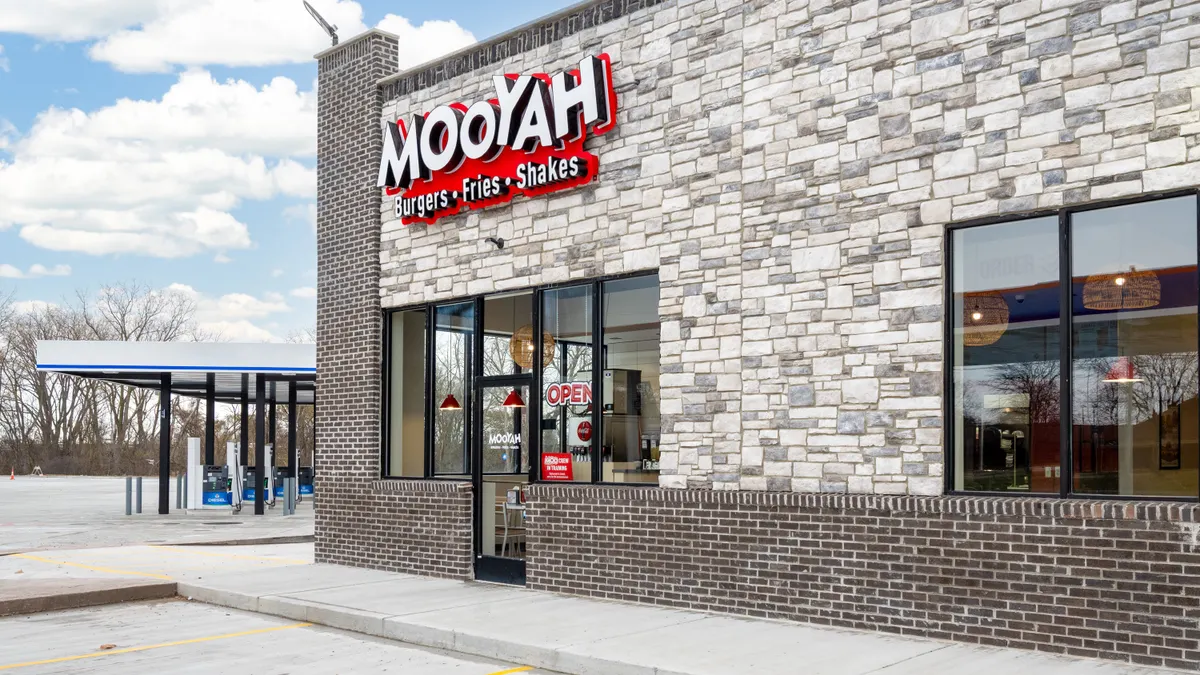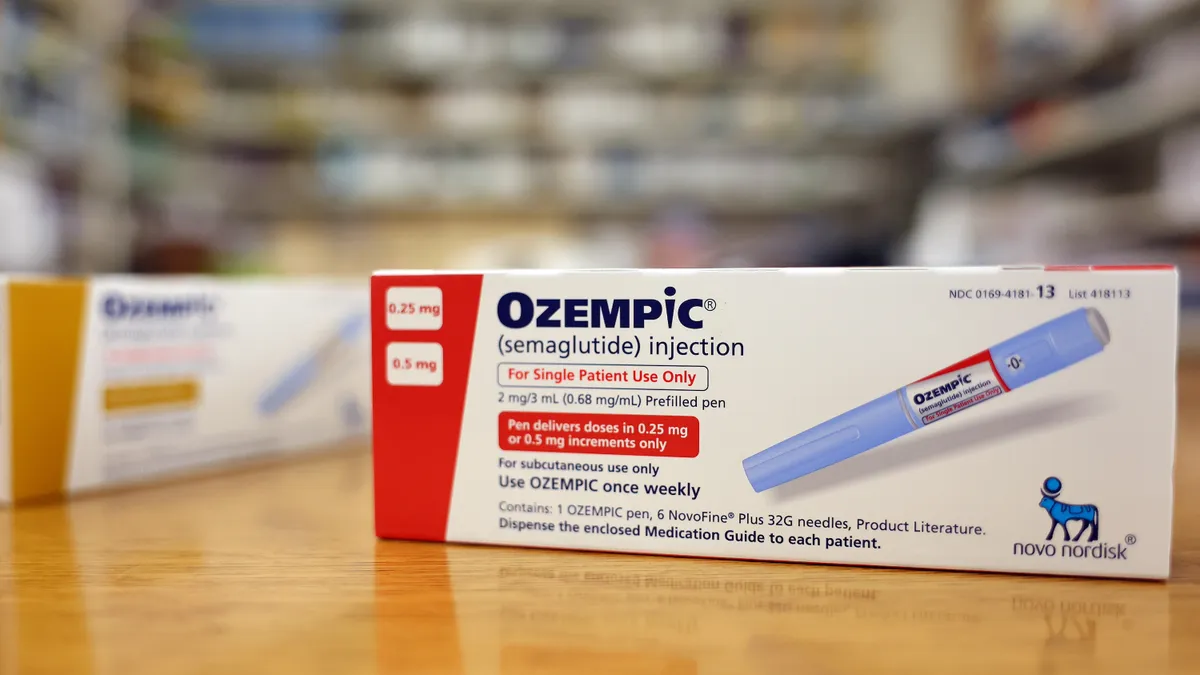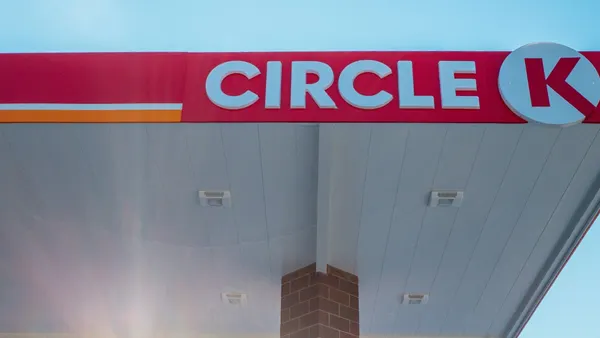Mike Templeton is vice president of digital strategy for NexChapter, a c-store-focused advisory firm helping drive growth with digital. He previously led loyalty, e-commerce and digital experience at both Casey’s and Kum & Go.
Traffic patterns have been thrown off wildly in recent years — from the depths of COVID-19 shutdowns, to stimulus spending, and then to eventual rebounds. Retail traffic is slowly returning to growth, but as the industry deals with increased competition, rising costs and economic strife among consumers, c-stores are seeking solid growth levers.
For the retailers who’ve stood resilient these past several years, many share a common factor: a strong loyalty offering for customers. And though it may not be intuitive, loyalty is the very thing companies should be examining as they eye future traffic growth.

The convenience industry has seen loyalty program adoption accelerate in recent years. Looking at 100 of the largest convenience store chains, 79% have a loyalty program in place.
Some companies have even been through multiple iterations and value propositions.
This continued focus on enhancement and differentiation through features is likely rooted in the underlying challenge retailers face: loyalty programs alone are not enough. True loyalty leaders must dig into the capabilities these platforms unlock.
Your loyalty program must become a customer identification and activation platform.
Identifying who is driving your business
Traditionally, marketers may look at who their customers are through the lens of demographics such as age, ethnicity, income or location. These can be valuable for building retail brand relevance and ensuring marketing campaigns are on target, but are not the most critical attributes when solving for traffic. If the goal is growing store traffic, driving results becomes a function of accelerating how often known customers shop. While many factors are beyond a retailer’s control, creating targeted promotions is something that loyalty retailers can influence and own.
As unknown customers become known through their participation in loyalty programs, platform operators can analyze their business and understand traffic drivers. My past experience has generally fallen in line with the Pareto Principle, where as much as 80% of revenue is being driven by just 20% of customers. By identifying these hyper-loyal groups, typically through a customer segmentation process, marketers can examine the frequency of customer segments and determine how to drive incremental growth.
Examples of customer segments might include:
- New customers
- Occasional shoppers
- High-frequency members
- Recently lapsed buyers
After identifying these groups and quantifying their size, you can determine what sort of gains are possible. Quickly you’ll discover how even small increases in frequency, when scaled across an entire customer base, can translate to big impacts on store traffic.
Activating customers effectively
Equipped with insights about how often customers are shopping and what they’re buying, crafting personalized programming becomes key. Making relevant and valuable offers to these customers — the ones readily visiting your stores today — improves the likelihood of success. Winning net-new customers from competing chains or channels is possible, but the acquisition costs are significantly higher than tapping into the base of customers you’ve already won.
"By activating a series of segments and customized offers, you can generate measurable traffic increases for your business. Your best customers stop by a little more often, your occasional guests pick up a few more things and people you haven’t seen in a while finally come back."

Mike Templeton
vice president of digital strategy for NexChapter
As you consider what targeted loyalty promotions to offer, keep your outcome in mind:
- For tobacco buyers who never purchase food, offer half off a breakfast sandwich to grow the basket of their next trip.
- If a segment of regular fountain drink buyers hasn’t visited recently, offer them a free cup to return.
- For customers who shop once a week, give them bonus points if they visit four times in two weeks.
When using a loyalty segmentation, you can choose the group to target and incentive to offer, and then set forecasts on the type of return you expect. Because you are controlling the audience exposure and making a relevant offer, you can expect the behavior to be incremental and highly profitable.
Loyalty leads to more loyalty
Most modern loyalty programs are either entirely digitized or going through the process of digitization. This enables you to reach your loyalty members directly through digital platforms in the channels they use most. Utilizing your company’s mobile app, the loyalty program website or direct messaging such as email and push notifications allows existing marketing investments to go even further.
Taking your traffic-generating offer directly to your members instead of having to navigate traditional intermediaries such as advertising publishers or social network algorithms ensures your message has an opportunity to influence your customers’ next trip. This ability to conduct a one-on-one conversation is what makes loyalty platforms so powerful.
Relevance is critical for successful customer response
Take a minute to think about your own behavior. Whether it’s your texts, your email inbox or the mailbox outside your house, what type of content is most likely to get your attention?
You will pay attention to the brands that seem to understand you. Those with no prior history have little chance of breaking through. Likewise, the connections established through your loyalty platform will enable you to capitalize on the relationships you’ve built with customers.
By activating a series of segments and customized offers, you can generate measurable traffic increases for your business. Your best customers stop by a little more often, your occasional guests pick up a few more things and people you haven’t seen in a while finally come back.
You can also measure the impact from each of these activations and optimize the return on investment for the future.
For every trip you track, your understanding of individual customer behavior improves. As known purchase history grows, you can increase the relevance of every incentive you offer. This is where your loyalty program becomes the capability you can’t afford to go without. And it’s the first place you should start as you think about growing store traffic.
Your loyalty program’s ability to help you develop a deep understanding of customers — and then actively deliver personalized value to members — is the key to unlocking the traffic growth you need.



